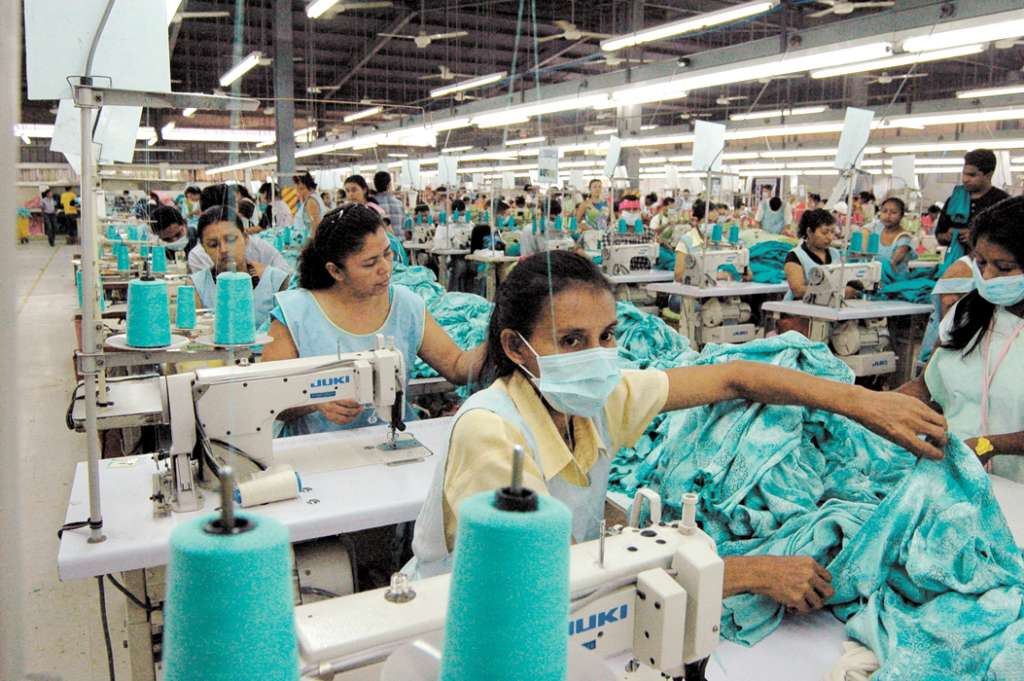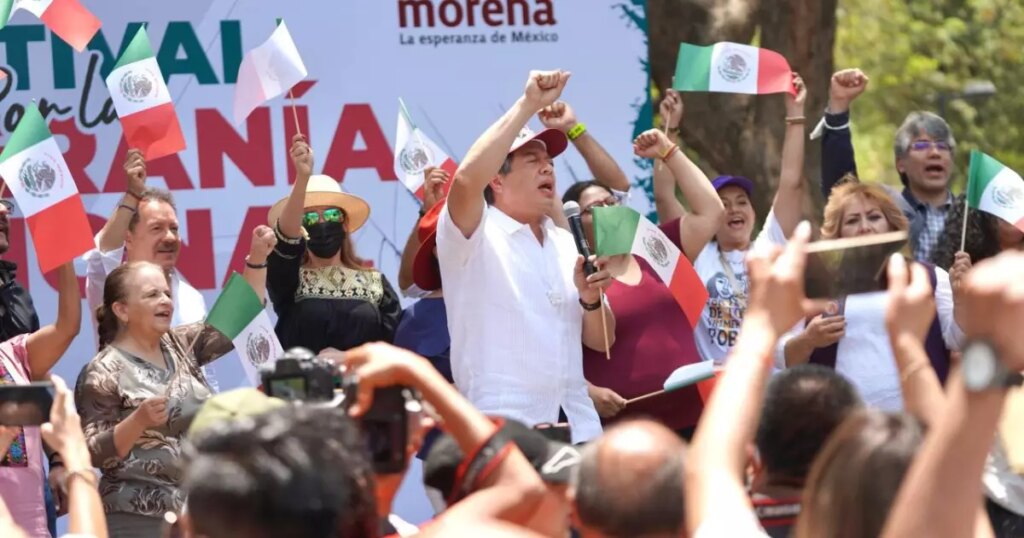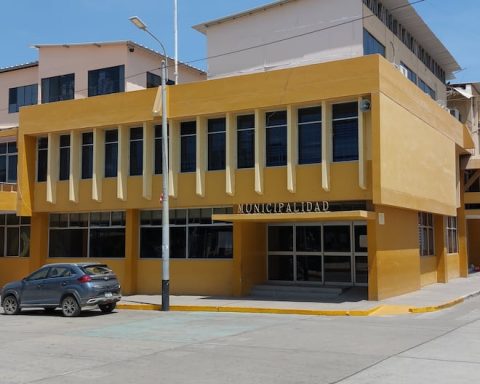The Ministry of Labor reminded workers under the free zone regime this morning that as of this month the 8% adjustment to the minimum wage will come into force, as established in October 2022 in a tripartite agreement between the Ministry of Labor (Mitrab), private company and trade union centrals.
According to official data, this “increase” will be granted to 136,600 employees, which is equivalent to an increase of 600 córdobas (8 thousand 98 córdobas); in 2024 it will add 648 (8 thousand 746 córdobas); by 2025 it will rise 613 (9 thousand 359 córdobas); in 2026 it will increase 627 (9 thousand 986) and in 2027 it will increase 670 (10 thousand 656 córdobas).
Related news: The minimum wage of Nicaraguans does not even cover 40% of the cost of the basic food basket
This slight increase is insufficient for workers to buy the basic basket that exceeds 18,000 córdobas, according to statistics available on the website of the National Institute of Information and Development (INIDE). In 2022, the free zones received a salary of 7,498 córdobas.
At the time, the Sandinista deputy and trade unionist Luis Barboza affirmed that the workers in the free zone “are going to have greater purchasing power, but in the national reality it is different, the purchasing power of the population has decreased and he receives a juicy salary as parliamentarian not as a worker in the textile sector.
This sector continues to be one of the sectors that generates the most jobs at the national level, there are 51 industrial parks, deployed in 10 departments, and according to official data during the last three years, its exports are around 3.5 billion dollars, leaving profits of 800 millions of dollars.
Businessmen from Free Zones affirm that Nicaragua exports around 2 million garments a month to El Salvador, China and the majority buyer is the United States.
Until last October, the 187 companies that operated under this regime in the territory generated exports of over 3,061.6 million dollars, according to the Central Bank of Nicaragua (BCN), not far from the 3,940.8 million dollars that the country exported products called traditional, that is, without special policies.















